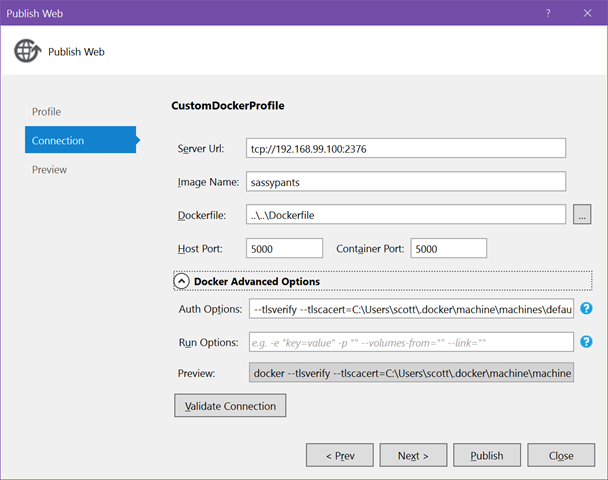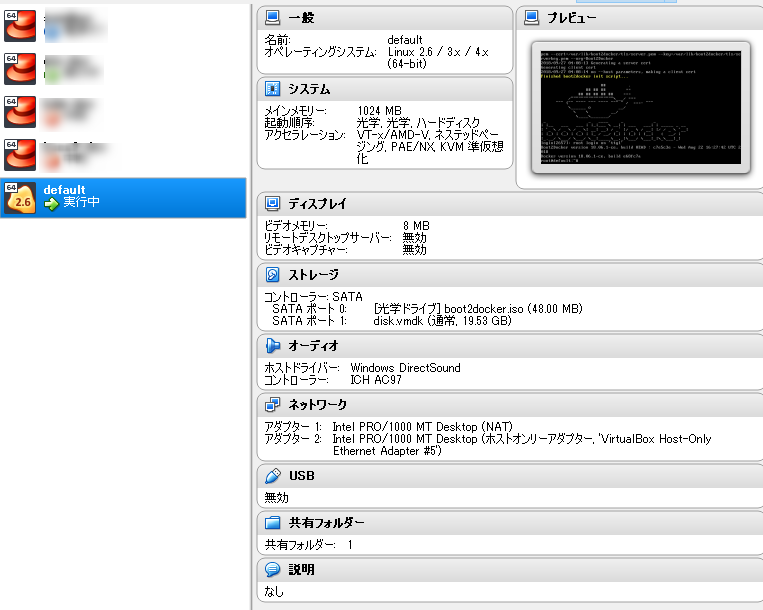

- #VIRTUAL BOX KITEMATIC HOW TO#
- #VIRTUAL BOX KITEMATIC INSTALL#
- #VIRTUAL BOX KITEMATIC SOFTWARE#
- #VIRTUAL BOX KITEMATIC WINDOWS#
In summary, in this chapter you will go from installing the Docker engine on a host to running a two-container WordPress site in a flash.
#VIRTUAL BOX KITEMATIC HOW TO#
We use the WordPress example again and show you how to back up your database ( Recipe 1.17), how to mount data in your host into your containers ( Recipe 1.18), and also how to create so-called data-containers ( Recipe 1.19). You might use it to load configuration variables or datasets, or to share data between containers. Making data accessible in a container is a critical component.

The last concept that we introduce in this chapter is data management. This is your first example of a distributed application, even though it runs on a single host. Therefore in Recipe 1.16 we show you how to split the single container example into two containers using container linking. But the strength of Docker comes with the ease of composing services to run your application. Using supervisord you can, and Recipe 1.15 shows you how. However, it does not mean that you cannot run multiple services in a single container.

Docker makes you change your application designer mindset from packaging everything together to creating multiple independent services that can then be interconnected. This allows us to introduce a much more complex example right away, running WordPress.įirst we do it in a single container by building a Docker image from scratch and running multiple processes in the container ( Recipe 1.15). This is a core concept in Docker and while Chapter 2 will expand much further on the topic, we cover it here in its most simple form. A Dockerfile is a manifest that describes how to build a container image. With those first concepts covered, we dive straight into introducing the Dockerfile ( Recipe 1.14). Recipe 1.11 shows you the first steps to run a container, while Recipe 1.13 walks you through the standard life cycle of a container, creating, starting, stopping, killing, and removing containers.

Once you have installed Docker on your favorite target, you are ready to explore the basic commands necessary to create and manage containers. Recipe 1.9 shows you how to do it with the Digital Ocean cloud. To round up the installation recipes, we introduce docker-machine, a Docker utility that lets you starts a machine in the public cloud of your choice and automatically configures it to be used with your local Docker client. While using boot2docker is now deprecated in favor of the Docker toolbox, we still present a Docker installation using boot2docker in Recipe 1.7. The Docker toolbox uses a virtual machine running via VirtualBox to act as a Docker host.
#VIRTUAL BOX KITEMATIC WINDOWS#
For Windows and OS X hosts you can use the Docker toolbox, which packages several Docker utilities in addition to the Docker engine (see Recipe 1.6).
#VIRTUAL BOX KITEMATIC INSTALL#
We also show how to install Docker on Raspberry Pi ( Recipe 1.5) to present an installation for ARM processors. If you want to use Vagrant, Recipe 1.4 is for you. Here we cover Ubuntu 14.04 ( Recipe 1.1), CentOS 6.5 ( Recipe 1.2) and CentOS 7 ( Recipe 1.3). The official Docker documentation covers almost all cases of operating systems. The first recipes in this chapter go through the installation steps to get Docker running in your server. Before diving into using Docker, you need to install the Docker engine on a host, either your desktop, laptop, or a server.
#VIRTUAL BOX KITEMATIC SOFTWARE#
The core of Docker is made of the Docker engine, a single-host software daemon that allows you to create and manage containers. Getting started with Docker is straightforward.


 0 kommentar(er)
0 kommentar(er)
